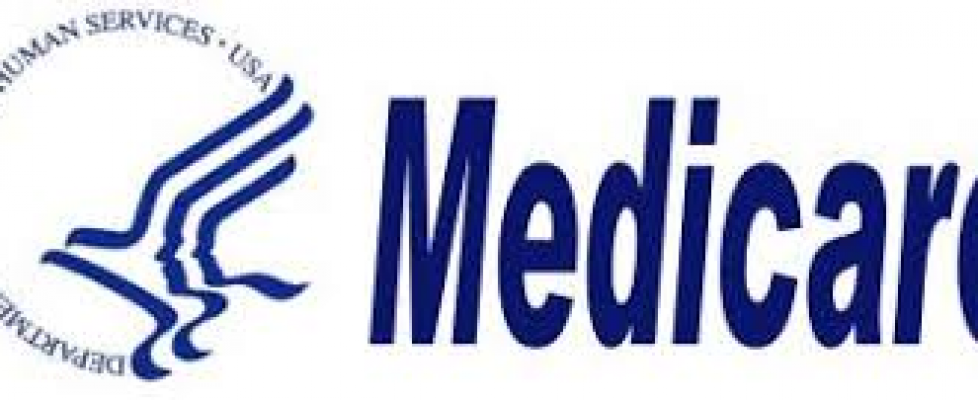Blog, Centers for Medicare & Medicaid Services (CMS) - Medicare, Reimbursement, Telehealth 0 comments
Medicare Telehealth Coverage—Ten Things
Health Update
November 07, 2018
Below are the ten most important aspects of this final rule that you need to know now:
1. Only physicians or other qualified healthcare professionals who are eligible to bill for evaluation and management services (the providers) may bill for virtual check-ins and remote evaluations. Therefore, virtual checks-ins or remote evaluations by nurses are not eligible for reimbursement.
2. Providers may only provide and receive reimbursement for virtual check-in and remote evaluation of prerecorded patient information for established patients.2 CMS rejected the idea that these services could be provided to new patients, despite considering that the remote evaluation of prerecorded patient information could be useful in determining whether a new patient requires a visit, e.g., a dermatologist evaluating a rash.
3. Consent is required, and verbal consent for virtual check-in, remote evaluation and interprofessional Internet consultation is sufficient. The verbal consent must be documented in the medical record.
4. Patients are responsible for cost-sharing for all three of these services. This may be a surprise to patients who may have previously received these types of services for free, and certainly were not always aware of the fact that a provider was seeking a consultation with another provider. Providers should be sure to advise patients of this responsibility.
5. If the virtual visits or remote evaluation originates from a related evaluation and management (E/M) service provided within the previous seven days or leads to an E/M service or procedure within the next 24 hours or soonest available appointment, then there is no separate payment and the payment is bundled into the E/M visit.
6. For a remote evaluation, the provider must provide his or her interpretation to the patient within 24 business hours of receiving the recorded video and/or image. CMS noted that the follow-up communication by the physician or other qualified healthcare professional to the patient could take place via phone call, audio/video communication, secure text messaging, email or patient portal communication, so long as the communication is compliant with the Health Insurance Portability and Accountability Act (HIPAA).
7. Virtual visits and remote evaluations can occur using a variety of technology. CMS decided not to be overly prescriptive about the technology that is used for this virtual check-in. CMS will permit audio-only, real-time telephone interactions; synchronous and two-way audio interactions that are enhanced with video; or other kinds of data transmission.
8. Services, as always, must continue to be medically necessary. Although no specific documentation requirements were promulgated, providers should adequately document the need for and provision of virtual visits and remote evaluations, as CMS will be carefully monitoring utilization.
9. Interprofessional Internet consultation must be performed for the benefit of a specific patient, and not for the general benefit of the physician.
10. CMS expanded access to telehealth services to patients who receive home dialysis services, to individuals with a stroke, and for the Treatment of Opioid Use Disorder and Other Substance Abuse Disorders.3 Individuals with ESRD receiving home dialysis may choose to receive certain monthly ESRD-related clinical assessments via telehealth. However, the patient must receive a face-to-face visit, without the use of telehealth, at least monthly in the case of the initial three months of home dialysis and at least once every three consecutive months after the initial three months. With regard to stroke patients, “mobile stroke units” are now permissible originating sites for acute stroke telehealth services. These units are broadly defined as a mobile unit that furnishes services to diagnose, evaluate and/or treat symptoms of an acute stroke. And for patients with opioid use or other substance abuse disorders, home is an authorized origination site, significantly expanding access to treatment services for this population.

